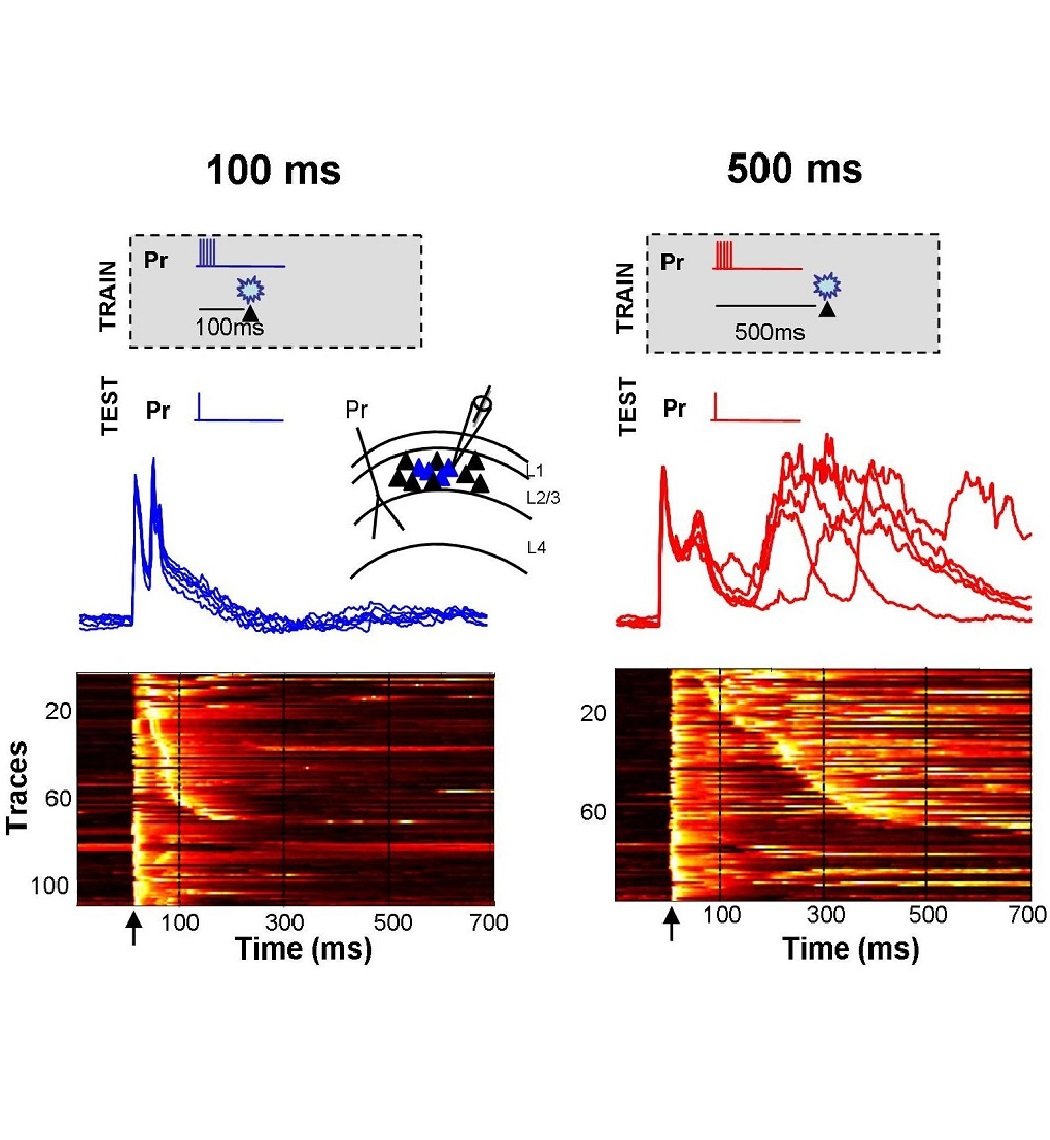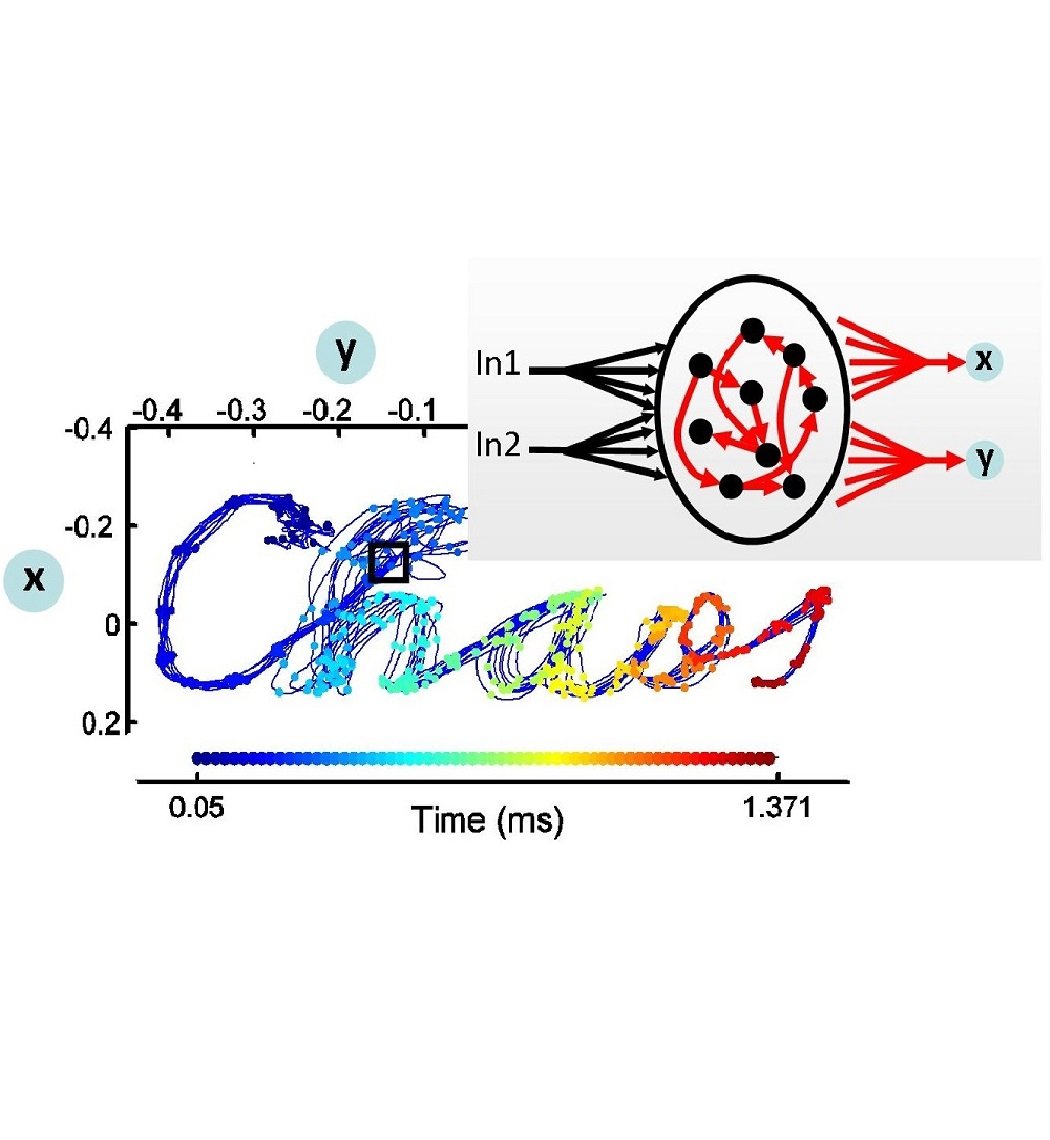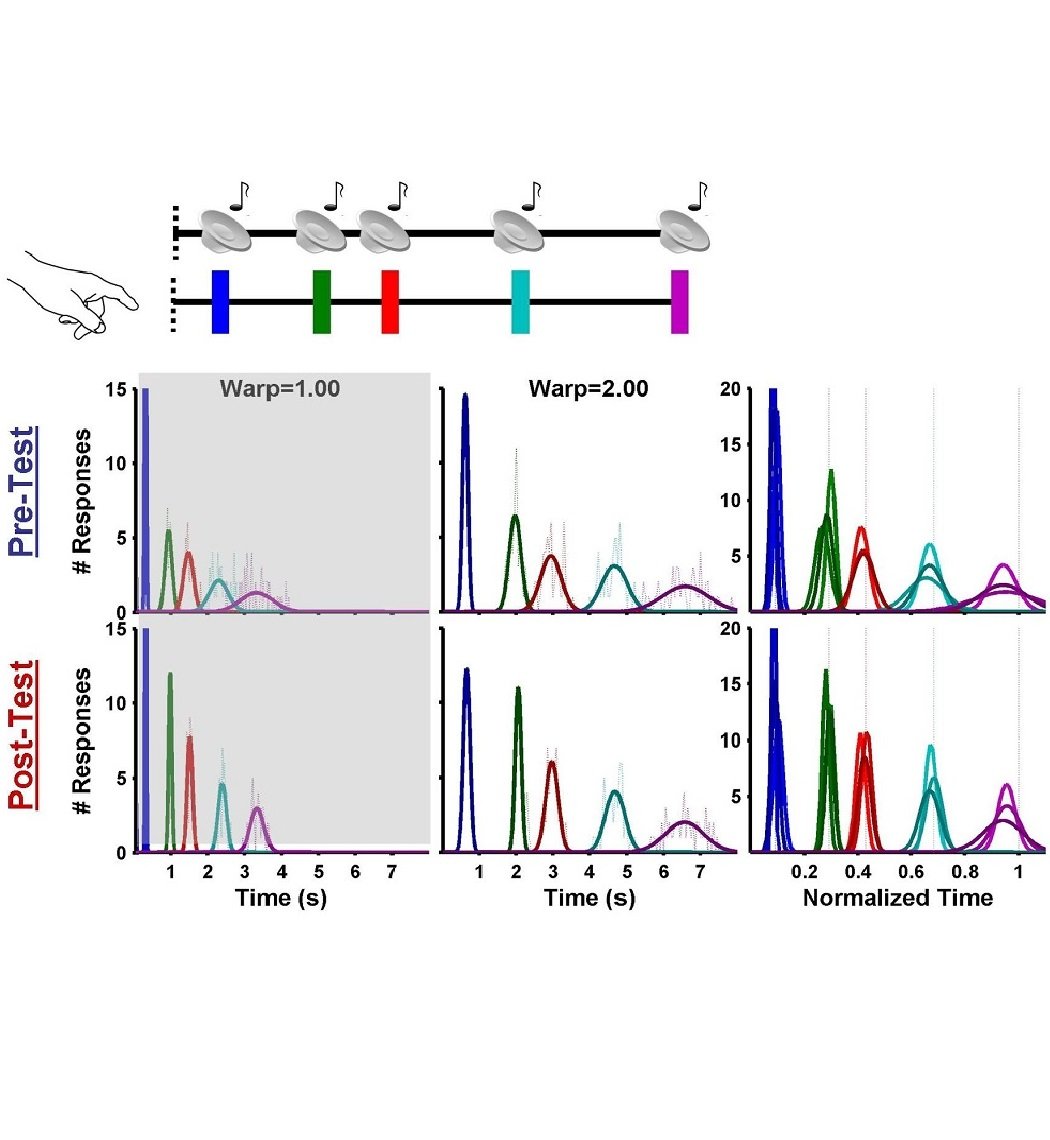Research Goal
The human brain is the most complex device in the known universe. Somehow, the entangled web of neurons within our skulls is responsible not only for our ability to understand speech, play the piano, and remember the past to predict the future, but for our ability to think, reason, and study the brain itself.
The goal of our research is to understand how the brain's computational power emerges from the interactions of complex ensembles of neurons. We focus on neural dynamics, and how the properties of a synapses and neurons are orchestrated to allow neural microcircuits to perform complex computations such as timing and temporal processing. Towards this goal our lab uses neurophysiological, computational, and psychophysical techniques in a integrated and complementary manner.

Neurophysiology
We use electrophysiological, imaging, and optogenetic techniques to study neural dynamics. Much of our research is guided by the theory that neural circuits are self-organizing computational devices, and that an important approach to understand how the brain works is to study how cortical circuits perform simple computations. One approach we take is to train cortical circuits in vitro to "tell time". Understanding how local circuits learn to perform simple computations will help us decipher the principles underlying neural function in both the normal and diseased brain.

Computational Neuroscience
Given the complexity and highly nonlinear nature of neural networks it is unlikely that scientists will be able to understand how the brain performs even the simplest of computations without the assistance of neurocomputational models. We thus use computer simulations to test theories and make experimental predictions of how computations emerge from neural microcircuits. Our results have demonstrated that recurrent neural circuits can perform a wide range of temporal computations. This research has helped establish models referred to as state-dependent networks and dynamic attractors as general neurocomputational principles.
Movie of a neural network that performs handwriting

Psychophysics
We study how humans learn temporal tasks, such as interval discrimination and pattern reproduction, to test and generate predictions relating to the neural mechanisms of timing. Among other results, we have shown that temporal perceptual learning is interval specific, that is learning to better discriminate a 100 ms interval does not improve ones ability to discriminate 50 or 200 ms intervals. Our psychophysical research has provided insights into how the brain encodes and tells time.
Find out how good your temporal processing is
Examples of temporal processing